Labia Minora Surgery in Korea
A beautiful, scar-free look with our meticulous expertise.
What is Labia Minora Surgery?
The labia minora are a pair of wing-shaped structures at the entrance to the vagina that help prevent bacteria from entering the vagina or urethra.
The labia minora can become deformed due to sexual intercourse, childbirth, congenital defects, and other causes. In such cases, not only can it cause discomfort in daily life, it also makes one susceptible to various gynecological diseases and can cause low self-confidence.
Labiaplasty (Labia Minora Surgery) corrects enlarged labia minora to help maintain hygiene, relieve discomfort and pain, and at the same time, improve self-confidence by eliminating complexes about appearance.
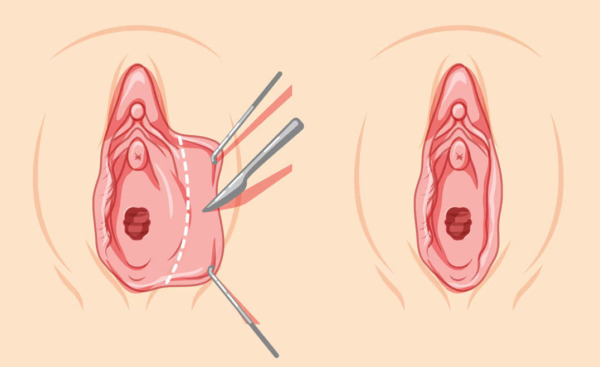

Labia Minora surgery process
Labiaplasty (Labia Minora Surgery) is performed under local anesthesia and takes about 30 to 40 minutes, removing unnecessary sections of the labia minora on both sides. Patients can be discharged one hour after the surgery and resume their daily lives immediately. Because it is sutured with dissolving microfibers, there is no need for a separate stitch removal, and healthy recovery takes around one week, with minimal to zero scarring.
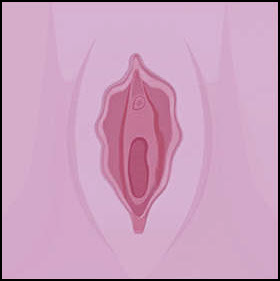
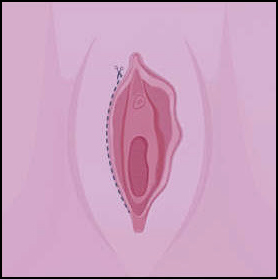
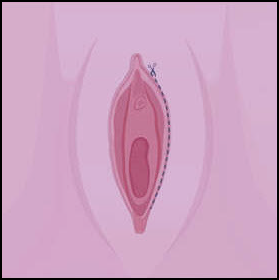
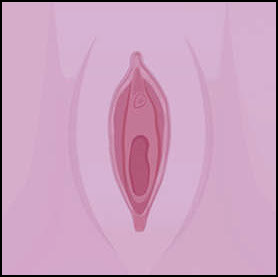
Who Needs Labia Minora Surgery?
The labia minora are usually smooth and pink in color when young, but they may grow in length and darken in color with aging and after engaging in sexual intercourse. If the labia minora become rolled during sexual intercourse, causing pain or difficulty achieving orgasm, or if you are dissatisfied with the shape of your vulva or are concerned about the uneven length of your labia minora for aesthetic reasons, you may consider labiaplasty.
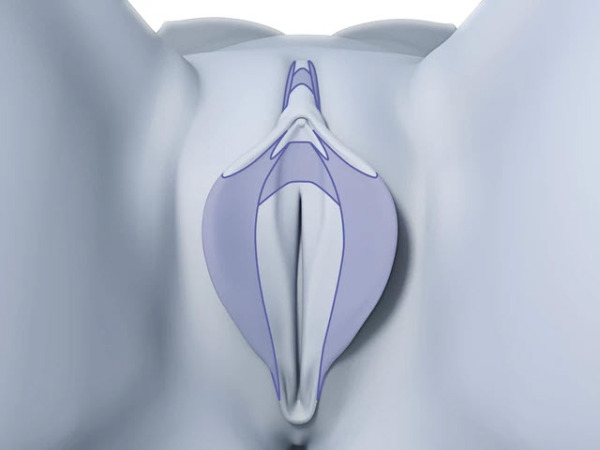
Revision Labiaplasty is Also Possible
When is Labia Minora revision surgery needed?
This surgery is to correct the incision scars and asymmetry of the labia minora caused by previous surgery, and to restore functionality as well as aesthetics. If too many sutures are used, the threads may start to dissolve, causing a foreign body sensation or discomfort, so appropriate and delicate suturing skills are required.
Removing the scars from surgery and correcting the shape is a more difficult process than the first surgery, so you need the help of a medical team with a lot of experience in revision surgery. With skilled know-how, not only the length of the enlarged labia minora, but also the thickness, color, and wrinkle shape can be improved, leaving them thin and smooth with almost no scarring.
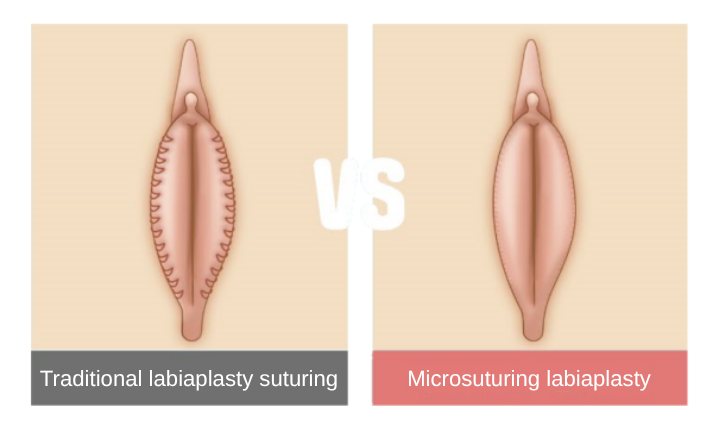
Procedure Process Explanation
Frequently Asked Questions
What is labia minora plastic surgery and how is it performed at SH Clinic?
Labia minora plastic surgery at SH Clinic involves the precise trimming and reshaping of the labia minora. Our skilled doctor utilizes an advanced microsuture technique with dissolvable threads, eliminating the need for stitch removal. This meticulous method focuses on preserving blood flow while ensuring a natural and comfortable outcome.
What are the possible side effects of labia minora plastic surgery at SH Clinic?
As with any surgical procedure, side effects such as bleeding and pain may occur after labia minora plastic surgery. While SH Clinic takes extensive precautions to ensure safety and comfort, patients should be aware of these potential post-operative symptoms and follow all post-care instructions provided by their healthcare team.
Why choose SH Clinic in Korea for labia minora plastic surgery?
SH Clinic is renowned for its meticulous care and advanced techniques in mini labia plastic surgery. Benefiting from the expertise of a skilled doctor and the use of fine dissolvable sutures, the clinic emphasizes precision and patient comfort. Located in the heart of Seoul, it offers both locals and international patients a trusted destination for intimate surgical care.
